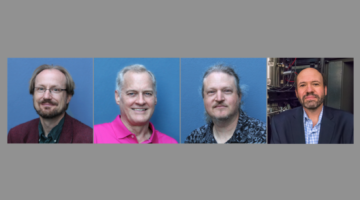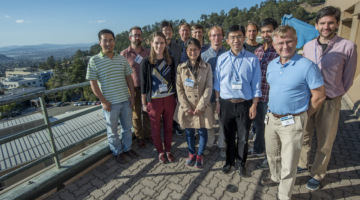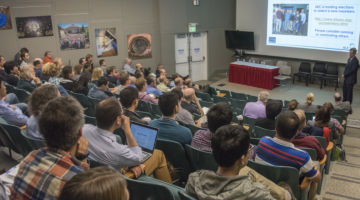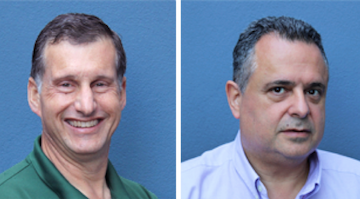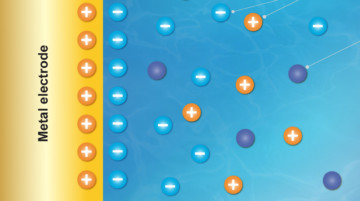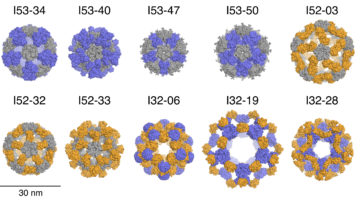The ALS’s next long shutdown period will commence in January, giving staff and technicians a chance to complete work critical to keeping the ALS at the scientific forefront. Between January 3 and March 20, 2017, the ALS will be closed to users so that facility, beamline, and accelerator upgrades and maintenance can be accomplished. Read more »
All News & Updates
ALS Staff Honored by American Physical Society
Accelerator Operations and Development Deputy Christoph Steier has been named an APS Fellow. Science Deputy Steve Kevan and Senior Scientist Eli Rotenberg received the Davisson-Germer Prize in Atomic or Surface Physics, and Detector Engineering Lead Peter Denes received the Keithley Award for Advances in Measurement Science. Read more »
ALS Launches New Website
The ALS Communications Group has launched a new ALS website. Features include a searchable beamline directory, staff profiles, and tagging system that makes it easy to find science highlights and news articles on similar topics of interest. Read more »
Ruimin Qiao, Battery Researcher
Ruimin Qiao arrived at the ALS seven years ago as a PhD student and is now a postdoctoral researcher working with ALS Staff Scientist Wanli Yang at Beamline 8.0.1. Last month she was selected as the overall winner of the first-ever ALS/Molecular Foundry Science Slam. Read more »
ALS-U Takes Center Stage at User Meeting
The ALS upgrade project (ALS-U) was a focus of this year’s User Meeting, beginning with Laboratory Director Mike Witherell’s announcement that ALS-U has received mission need approval, the first critical milestone in the DOE approval process. Several talks and workshops focused on the engineering aspects of the upgrade and science opportunities it will enable. Read more »
2016 ALS User Meeting Highlights
About 400 ALS users came together at the beginning of the month for the annual ALS User Meeting. Attendees listened to colleagues present their research, took part in scientific workshops, interacted with exhibitors, and recognized this year’s awardees. Read more »
David Robin Named ALS-U Project Director; Fernando Sannibale Becomes ALS Division Deputy for Accelerator Operations and Development
David Robin of the Accelerator Technology and Applied Physics Division (ATAP) has been named project director of the Advanced Light Source Upgrade (ALS-U). Fernando Sannibale, presently the principal investigator of the Advanced Photoinjector Experiment at LBNL, will take Robin’s place as leader of the ongoing ALS Accelerator Physics program in ATAP and will also serve as the ALS Division Deputy for Accelerator Operations and Development. Read more »
Tender X-Rays Map the Double-Layer Potential
In a first-of-its-kind experiment, ALS researchers demonstrated a new, direct way to study the inner workings of a phenomenon in chemistry known as an “electrochemical double layer” that forms where liquids meet solids—where battery fluid meets an electrode, for example. Read more »![]()
![]()
A Molecular View of Sperm–Egg Fusion
Researchers have uncovered the first interactions between the human sperm and egg—the initial steps in the creation of human life. The discovery lays a foundation to better understand fertilization and could lead to the development of non-hormonal contraceptives. Read more »
Designed Protein Nanocages Inspired by Nature
Inspired by protein molecules observed in nature, researchers have now engineered ten large, 120-subunit, two-component protein complexes. These designed nanomaterials are attractive starting points for new approaches to targeted drug delivery, vaccine design, and bioenergy. Read more »
- « Previous Page
- 1
- …
- 114
- 115
- 116
- 117
- 118
- …
- 139
- Next Page »

